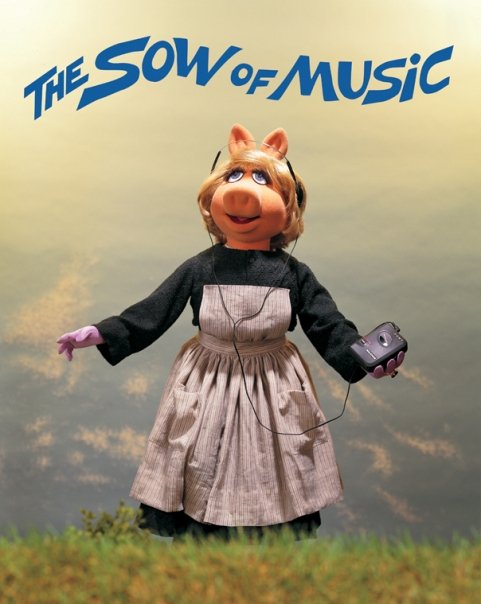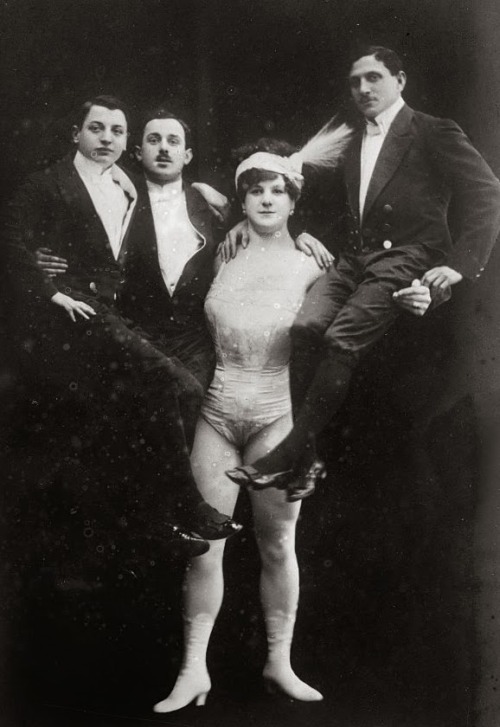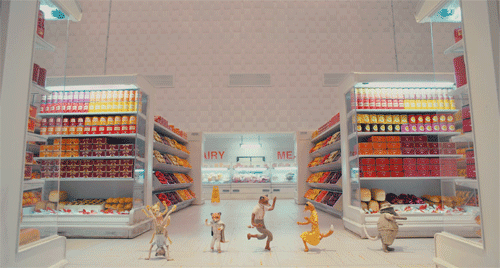There’s a discussion about DJing for dancers happening on the facey, and I’ve been doing some pretty hardcore ranting. I need to spend less time in Jive Junction – it’s making me too stroppy.
Anyways, I was ranting about how new DJs often don’t actually play any decent music, and then I was thinking about how that’s usually because they don’t understand what makes a good song, and then I was ranting about teaching lindy hop and how classes need to teach people about the music and how that then helps us get decent DJs.
I wrote this today, and I want to keep it here, because, for once, I actually wrote something with some degree of brevity. Well, brief by my standards.
I’m always a bit sad that people don’t make it easy to love swing music in classes. This music is super fun and super funny, and it makes you feel really good.
Things I wish teachers did more in class (besides just playing more and better music) with beginner students:
- Play the song the whole way through, and let people dance to it the whole way through.
How’re you gonna learn to recognise 32 bar chorus or 12 bar blues structures if you don’t hear the whole songs all the way through a lot? How’re you going to learn that swing is _so_ formulaic (and so quite ‘safe’ and unscary to dance to) unless you get to hear the whole song’s whole structure in a safe place like a class? - Stop teaching strict patterns or sequences in class.
If you teach a range of developing steps or feels, then let students dance their way through them in their own time, for a whole song, they get really good at social dancing straight away. They learn to work with a partner, to relax and enjoy the music, to lead and follow, to see how steps work together. They get on top of the ‘moves’ and then start to add their own flavah flave because they’re relaxed. They start listening to the music to find something new and interesting. Then they win lindy hop. - Use just one or two songs in class, and play them over and over again, from the beginning to the end.
It can be a different song each class, but if you work with one song over a whole class, you start to know it really well, and get comfortable with it. You make friends with it. And it has to be a good song, or you’ll go nuts. Classic swing is robust enough to be listened to so many times – hence its overplayedness.
I think the ‘teach a set sequence of steps’ thing means you then have to do things like push the tempos up to make it interesting. So you then work through a heap of songs in the class, and you don’t get to the song the whole way through. - Talk about the song while you’re teaching.
eg make a joke about a tinkly vibraphone solo, or use Fats Waller’s nicely complicated 4th 8 in a phrase to demonstrate how the break steps in the shim sham hit the breaks in a song. Use different types of music to demonstrate different types of bounce/pulse. - Let students count themselves in.
Do it the first couple of times, but then let them do it. Humans can do this, even in their first class. And it is SO EXCITING to see it! - Start students dancing at the beginning of phrases in class.
So they can hear where phrases start and end. Again, humans figure out how to do this in one class.
If you teach this way, you realise that musicians like Buble or Big Bad Voodoo Daddy don’t do what you need them to do. You realise that My Baby Just Cares For Me (Nina Simone’s) is a great teaching song because it has that nice steady bass line and those weirdo tempo changes. And you realise that Splanky isn’t so great for the very first moments of a very beginner class because its dynamics are so intense, but it is great for dancing it out later in a class.







